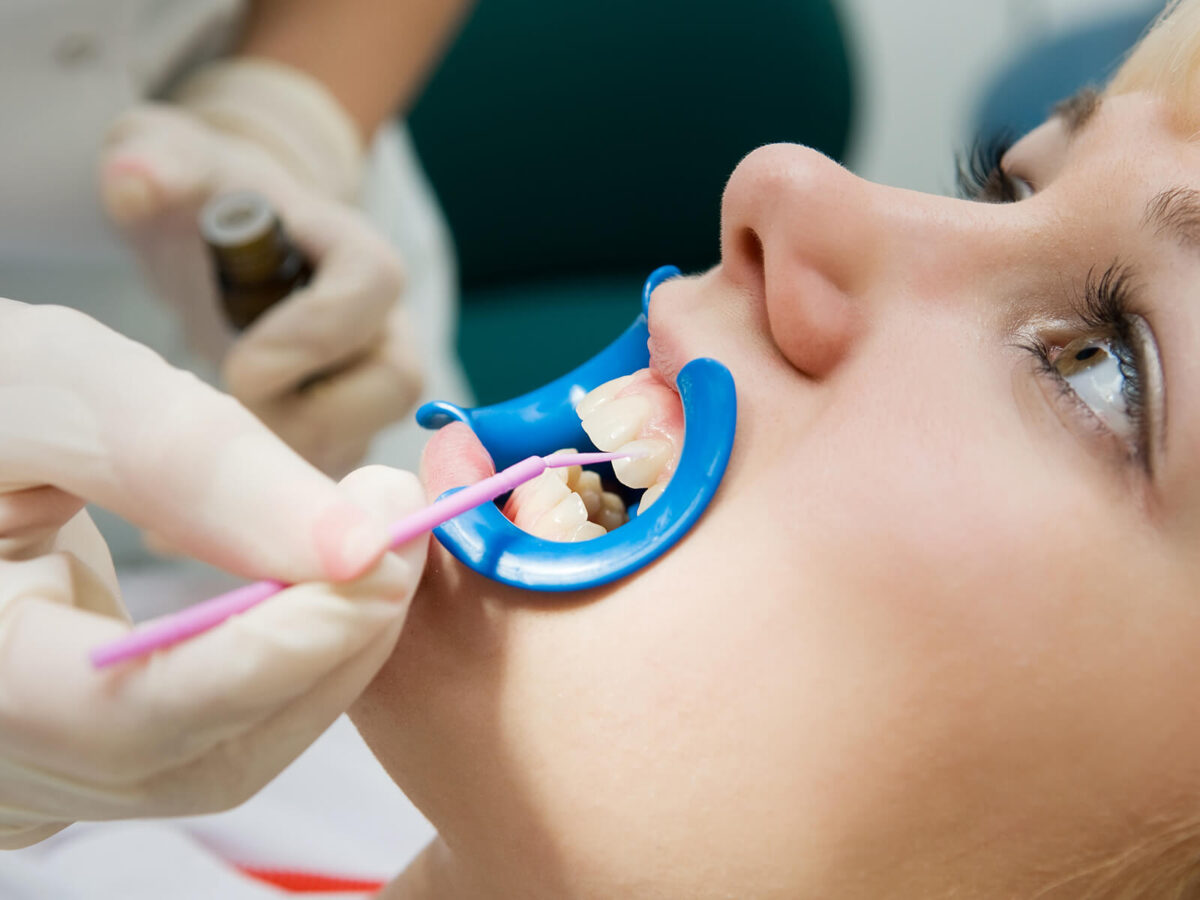Blog
Dental hygiene tips for healthy teeth & gums

Dental Sealants Can Improve Your Oral Health
Dental sealants are a proactive way to protect your teeth from decay and promote overall oral health. In this comprehensive article, we discuss the benefits of dental sealants, stressing their function in preventive dentistry and providing practical sealant care suggestions.
Understanding Dental Sealants: Protection against Decay
Dental sealants are thin protective coatings placed on the chewing surfaces of molars and premolar teeth. These sealants operate as barriers, keeping germs and food particles from entering the grooves and cracks of the teeth, which are frequently difficult to clean with regular brushing.
We emphasize the importance of sealants as a preventative step against tooth decay. According to studies, molars and premolars are especially susceptible to decay due to their complicated surfaces, making sealants an essential tool in oral health protection.
Dental sealants provide preventive benefits, including preventing decay in hard-to-reach areas. We promote the need for dental sealants to avoid cavities in locations where toothbrushes cannot easily reach. The molars and premolars, ideal candidates for sealant treatment, benefit from this extra layer of protection.
Early Intervention for Children
We emphasize the need to use sealants on youngsters in preventive dentistry. Applying sealants to permanent molars as soon as they appear can provide long-term protection during a critical phase when dental hygiene habits develop.
Cost-effective Prevention
Dental sealants are a cost-effective preventive strategy. Investing in sealants may save people money on future cavity treatments and invasive dental procedures.
Long-term Protection
Sealants provide long-term protection, with many treatments lasting multiple years. Regular dental check-ups allow dentists to assess the state of sealants and propose reapplication as needed.
Our Approach to Dental Sealants
- Customized Sealant Recommendations
We take a patient-centered approach, making personalized sealant recommendations based on unique oral health requirements. Our commitment is to design preventive dentistry strategies for each patient’s needs. - Informative Patient Education
We focus on patient education, offering informational tools to help patients understand the benefits of dental sealants, enabling them to make informed decisions about their oral health.
Sealant Maintenance Guidelines
We understand the necessity of sealant maintenance. Our article contains practical advice for keeping sealants effective, such as avoiding chewing on hard items and scheduling frequent dental check-ups for professional examination.
Sealant Maintenance: Practical Advice for Long-Term Effectiveness
- Establishing Good Oral Hygiene Practices
To supplement the protective benefits of sealants, we recommend practicing good oral hygiene, such as brushing and flossing regularly. Consistent oral care is critical to overall oral health. - Avoid Chewing on Hard Objects
Patients are encouraged to avoid habits that could jeopardize the integrity of sealants. Refrain from chewing on hard things like ice or pencils to prevent extra stress on the sealant surfaces. - Getting Regular Dental Checkups
Regular dental checkups are essential for evaluating the state of sealants and ensuring their continued effectiveness. We urge patients to make regular appointments for professional examinations and, if necessary, sealant reapplication.
Conclusion
We discussed the preventive benefits of dental sealants and underline their importance in maintaining oral health. The article is a detailed reference for readers, providing insights into the benefits of sealants and practical advice for long-term efficacy.
As a final step, we encourage readers to take proactive measures for their oral health by considering dental sealants as part of their preventive dentistry strategy. Those who choose to work with us can benefit from specialized care, access to educational resources, and a commitment to maintaining optimal oral health through the use of dental sealants.
